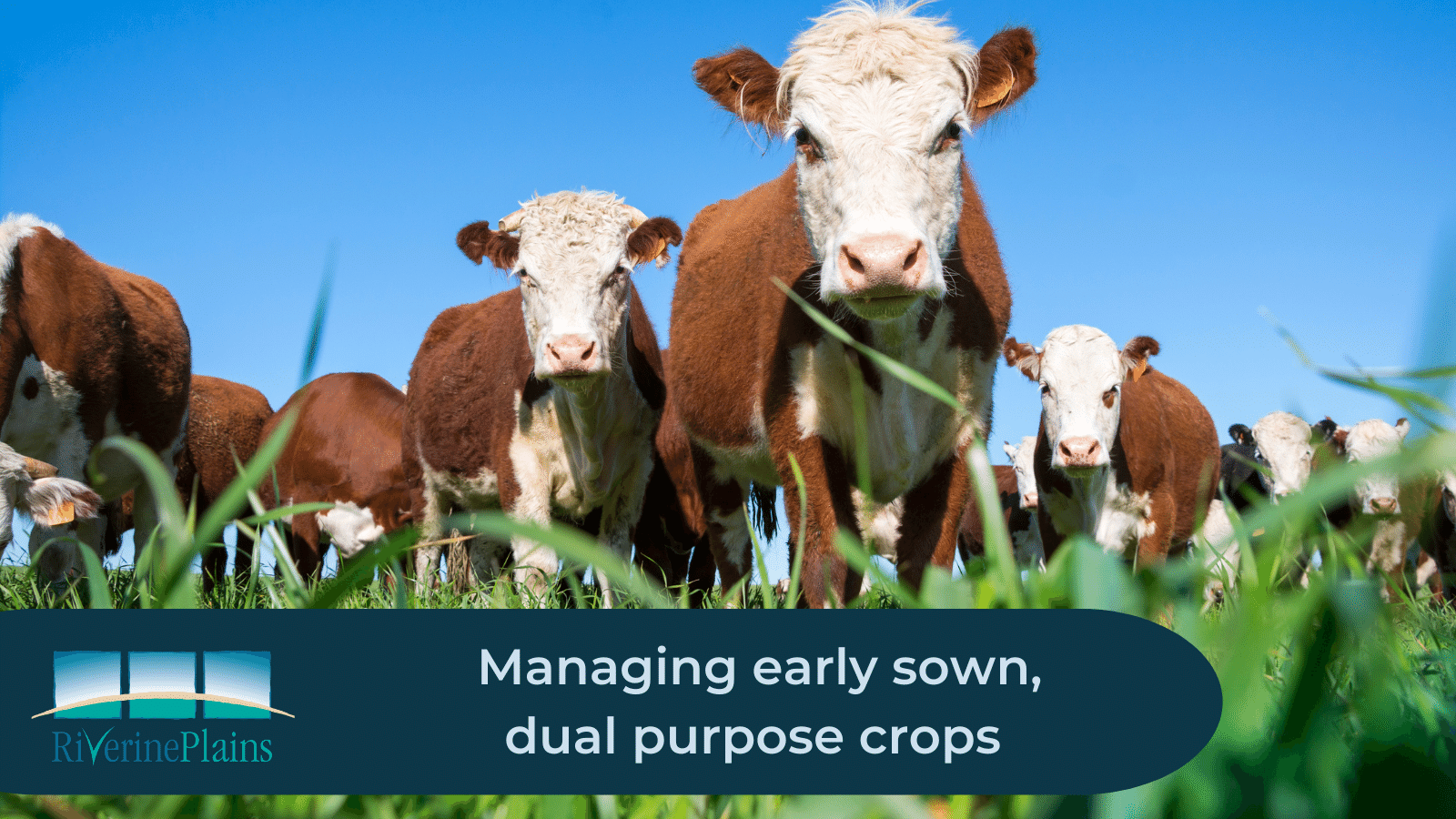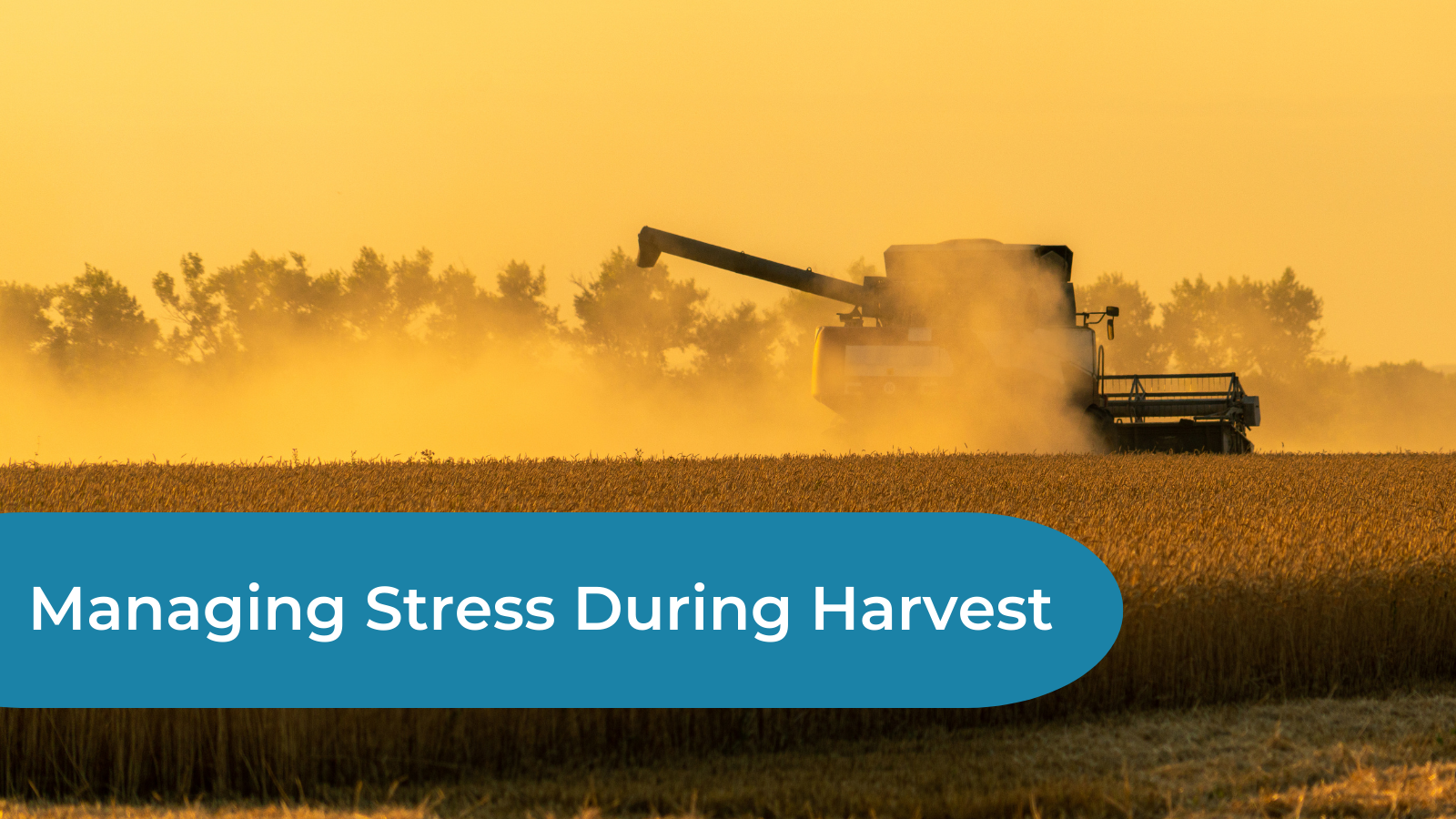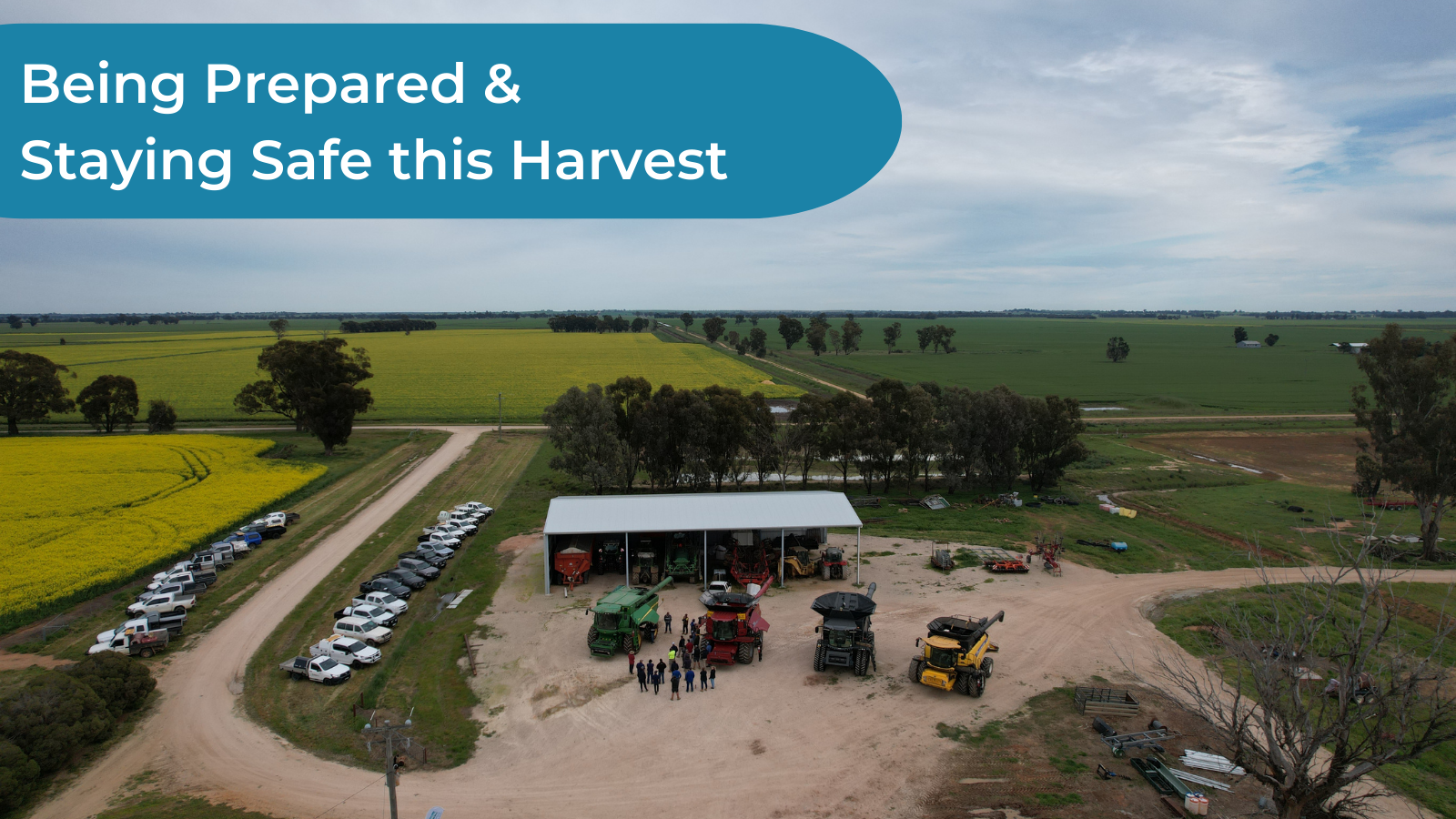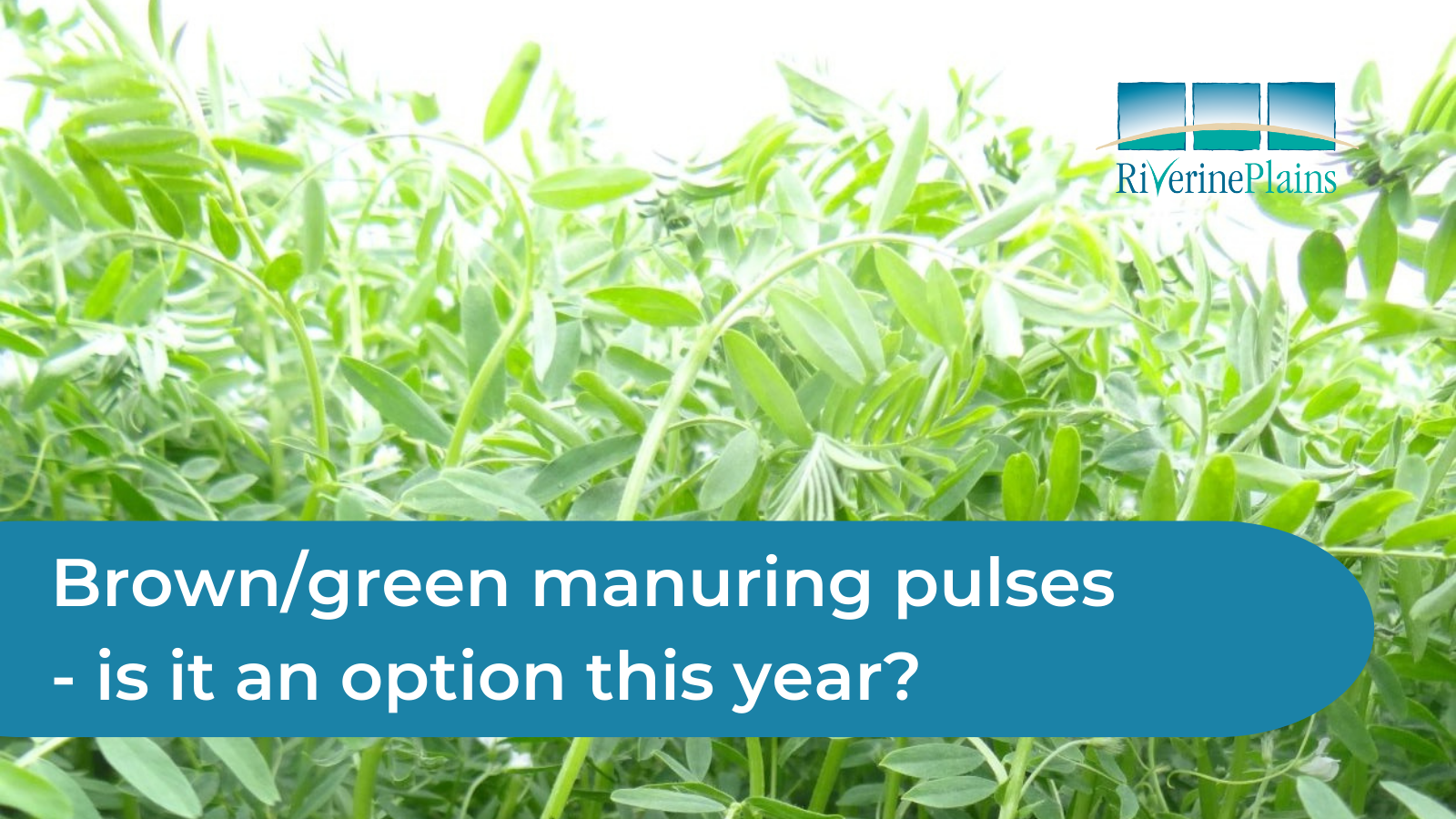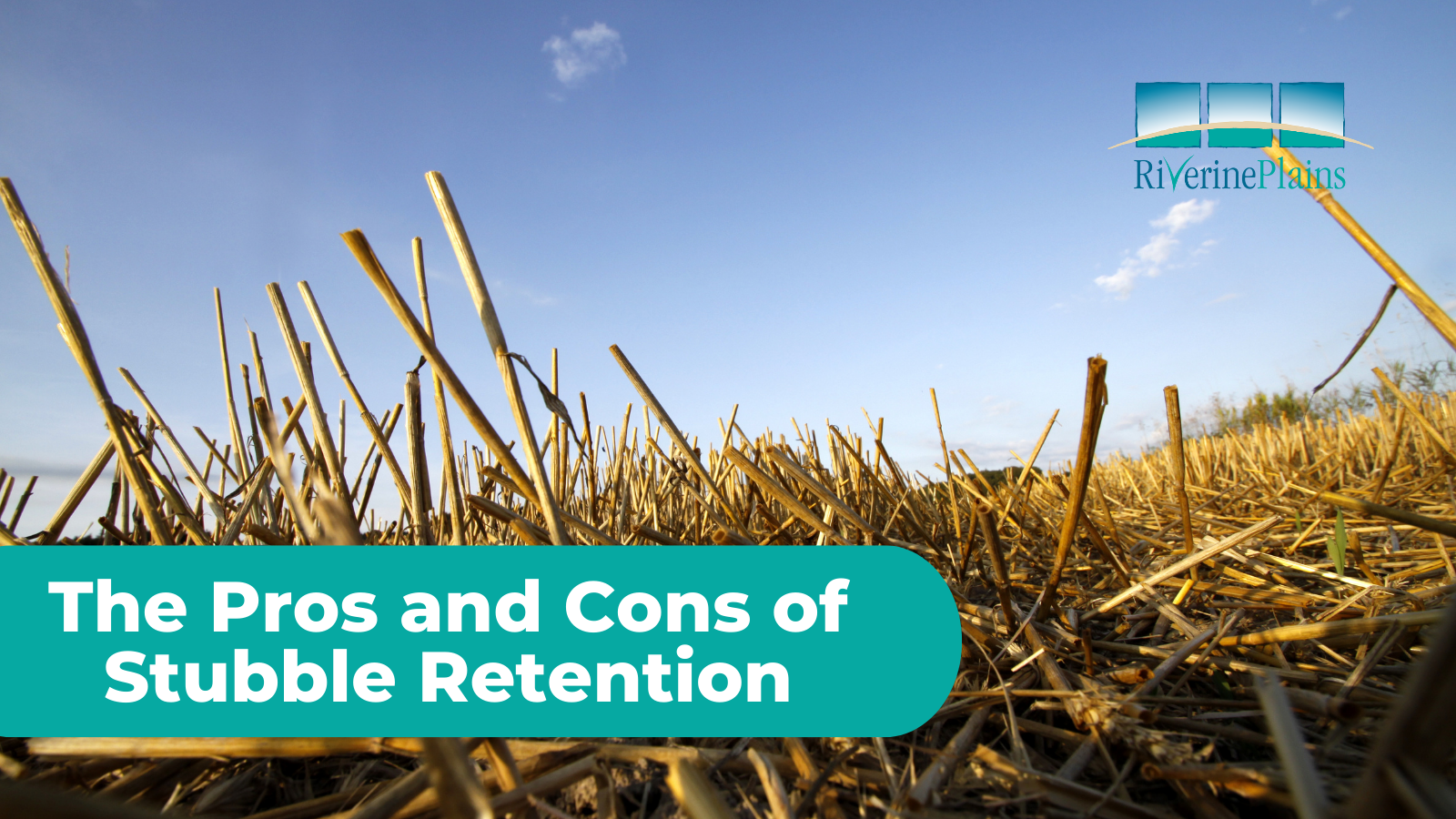Making the most of dual purpose crops
Key messages
- Dual purpose winter crops can help fill the autumn–winter feed gap
- While there is currently a full moisture profile, a dry topsoil and potentially dry autumn may impact establishment
- Be mindful of soil temperature and available soil moisture when sowing early (February–March)

